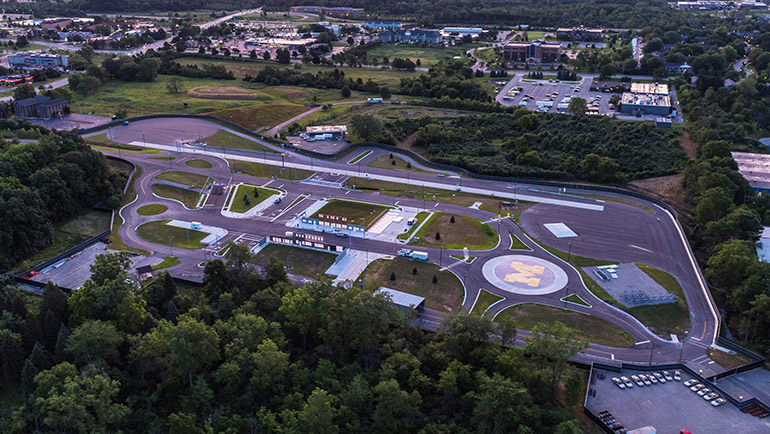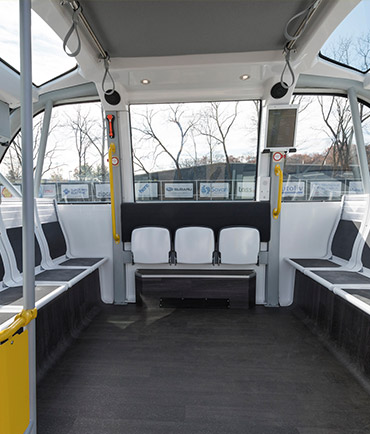Research at the University of Michigan has predicted that passengers in autonomous vehicles are more likely to feel symptoms of motion sickness than in other forms of public transportation, and are more likely to engage in tasks that enhance symptoms of motion sickness like reading and watching movies. Considering that the autonomous vehicle technology improves accessibility (e.g. for older adults and the physically impaired) can reduce road congestion and road wear and tear, the onset of motion sickness can prove to be a barrier for its wide-spread integration. This study aims to quantify motion sickness with regards to passengers’ typical commutes in urban centers. The phenomena of interest include the physiological measurements (e.g. heart rate variability, skin conductance), body posture, motion of the vehicle, head position, and how they all relate to both the latency and development of motion sickness. Moreover, the users of driverless vehicles benefit by being able to perform a task during transport. Together with the notion that doing so typically increases the severity of the illness, this study explores the relation between the performance of said task and motion sickness. Ultimately, this study culminates with the development of methodologies for mitigating motion sickness, informing the future design of autonomous vehicles.





Monica Jones (at UMTRI)